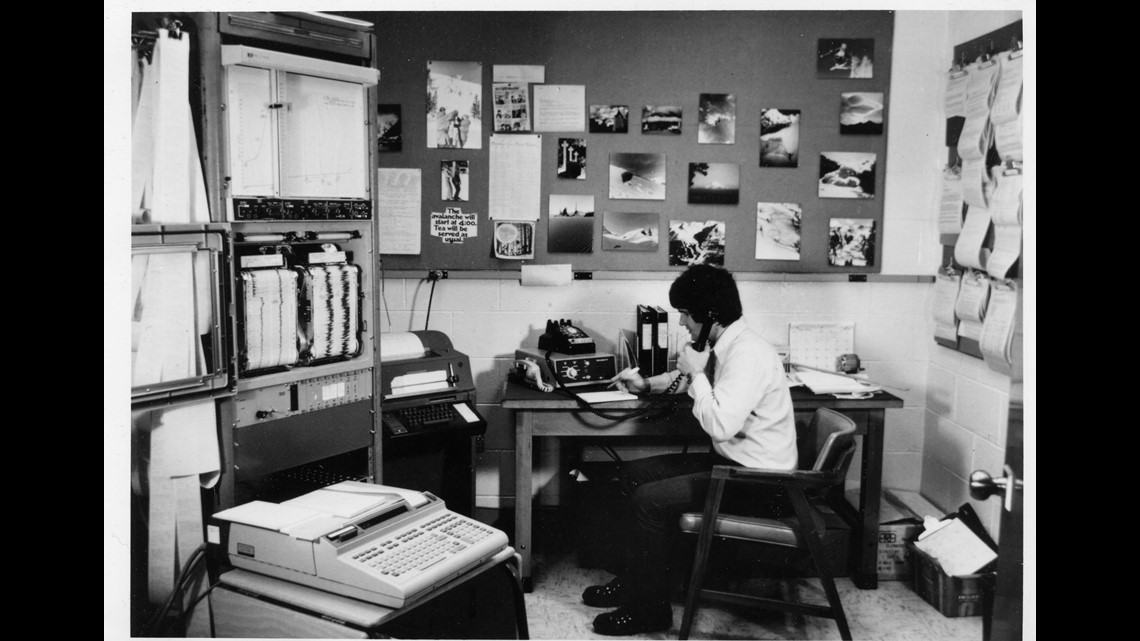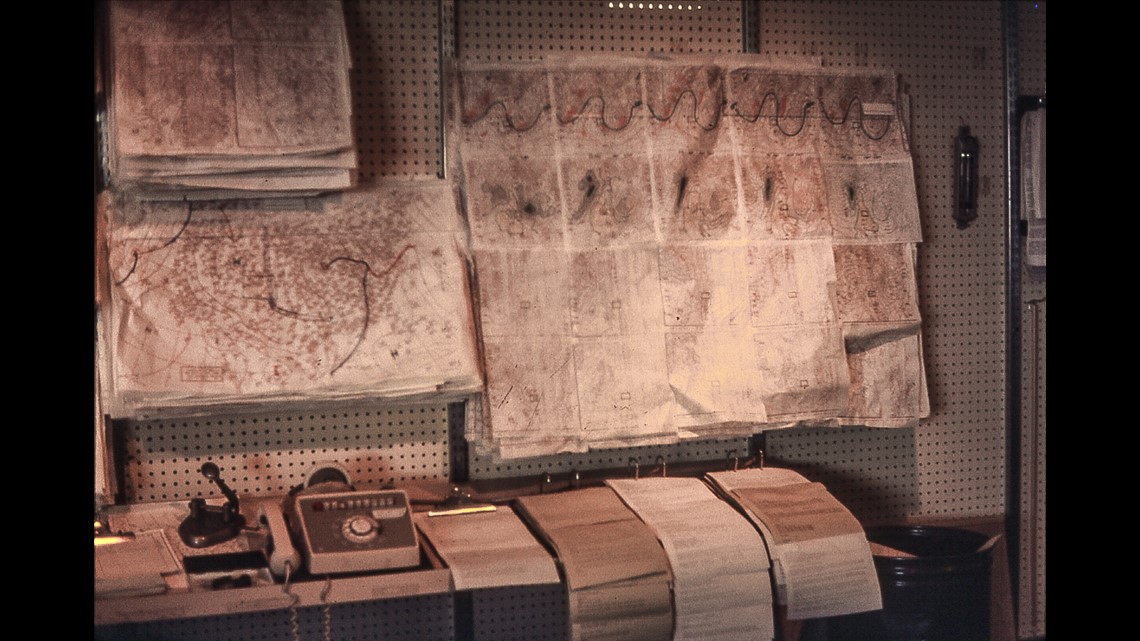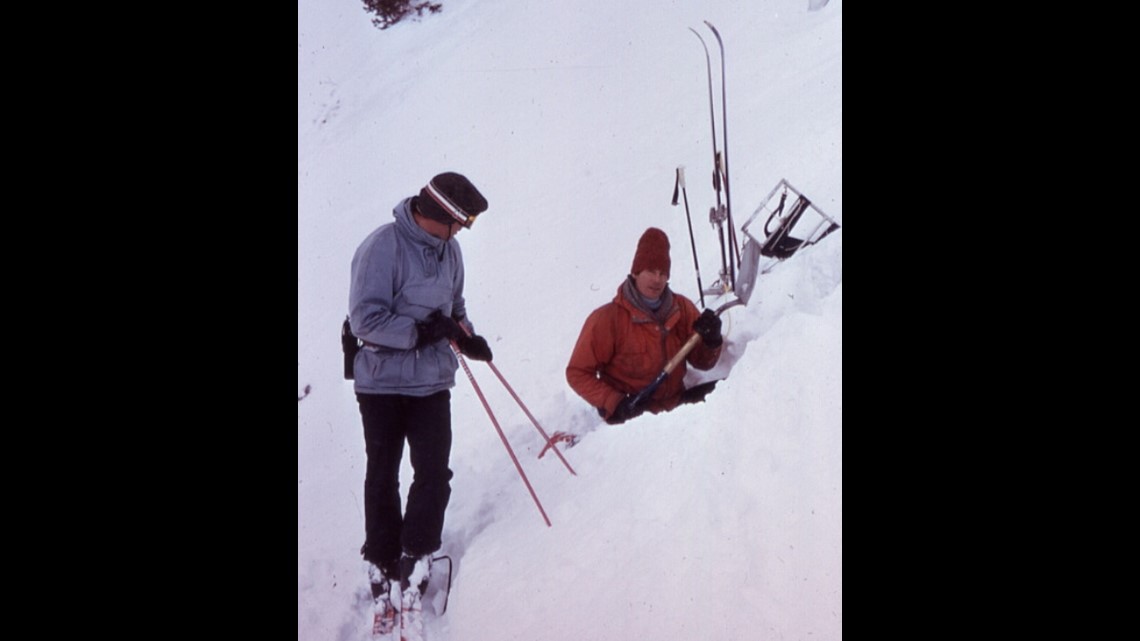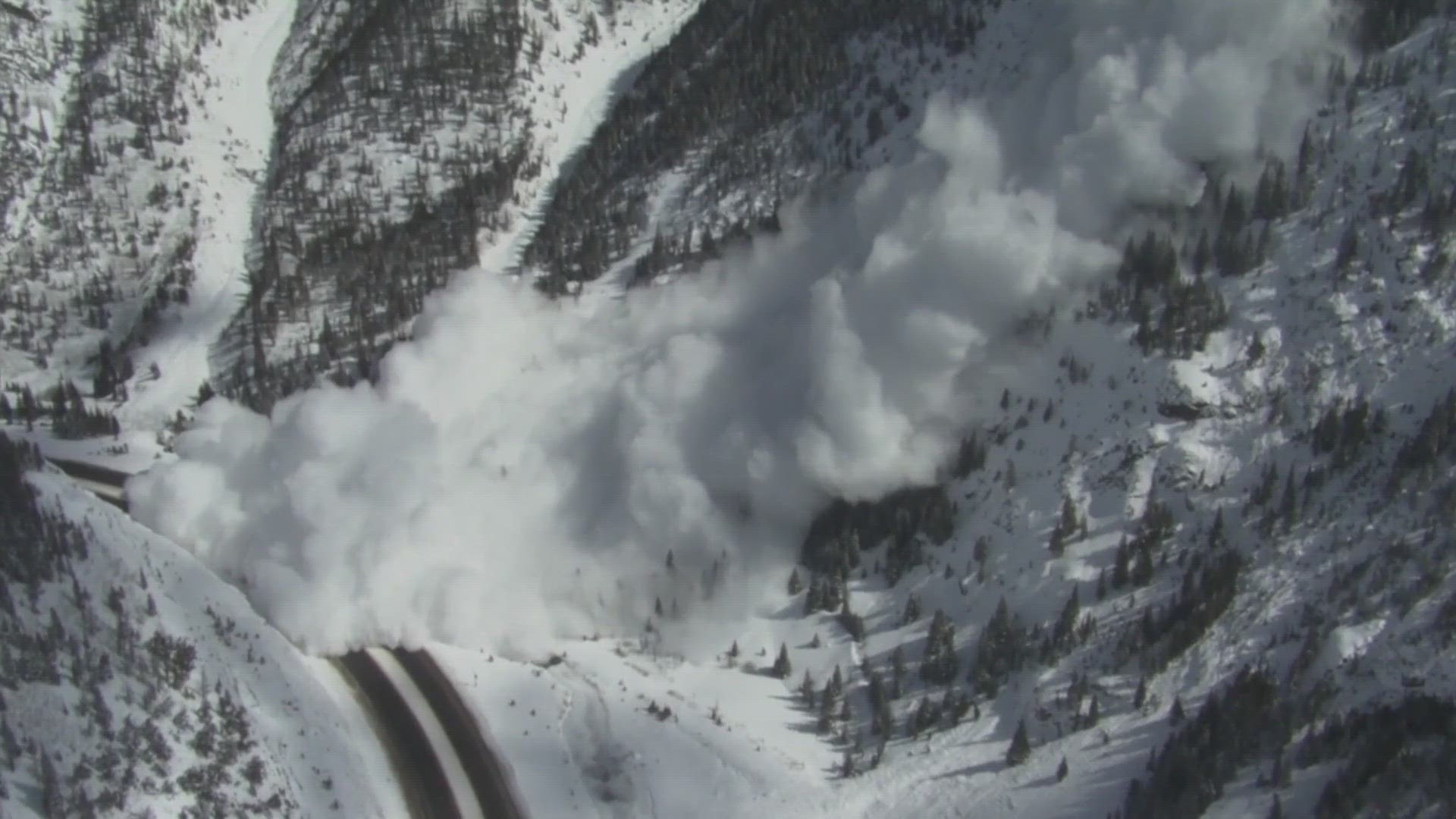BOULDER, Colo. — The Colorado backcountry is quickly and easily accessible to hobbyists of all experience levels, and unlike other parts of the U.S., the snowpack can remain hazardous and prone to avalanches weeks or even months after a big snowstorm.
Counting the fatalities in San Miguel County this year, 324 people have been killed in Colorado avalanches since 1950. That's more than double the deaths in any other state except Alaska, which has had 170 avalanche fatalities.
Those statistics could be even more startling if it weren't for the Colorado Avalanche Information Center (CAIC). The agency tasked with issuing avalanche forecasts and warnings has now been leading the way in snow safety for 50 years.
CAIC through the years
In 1973, prior to being named CAIC, the Colorado Avalanche Warning Program became the first avalanche safety center that used a public outreach format. At the time, it was part of the Forest Service’s Rocky Mountain Research Station.


“Looking back, it does seem a bit archaic but that was state-of-the-art technology at the time," said Ethan Greene, current director of CAIC. "The output data would come in from the weather models, and they would post the charts on the wall from different time periods and basically go through them like a flipbook to see how things were going to change over time."




Greene said what was originally a two-man team digging snowpack pits with sidewalk shovels has now turned into a team of 27 forecasters with fast information and technology at their fingertips: high resolution computer models that render every hour and automated weather stations.
And while snow hasn’t changed, Greene said avalanche science has advanced.
“The fracture mechanics approach to avalanches has really blossomed," he said. "We’ve applied stuff from other fields, and we’ve learned a lot in our own field, and so the way we look at how avalanches break is pretty different than what we looked at in the ’70s.”


The CAIC Impact
Greene said there are more than 3,000 avalanches in Colorado every year, and on average, they kill about six people each year.
There has been an unusually high number of avalanche deaths in Colorado recently, with 44 killed in the last 5 years (2019-2023), but Green says there’s no way to measure the number of backcountry skiers and snowmobilers saved by CAIC forecasts.
“Although we still see more people killed and hurt in avalanches in Colorado than I would like," he said. "When you look at the increase in use and compare it to how many people are getting hurt year after year, I think that the work that we are doing is having an impact. An in important impact.”
Greene also credited the Colorado avalanche safety community, like the backcountry guides and those who devote their time to teaching the public about avalanche safety. He said the communication and community have changed the most in the last 50 years.
"Our forecast is out there and it's easy to find, whether it's on our website, our app or our social feeds," he said. "We've also made it so the public can use the same data analysis tools that we use to make our forecasts."
Highway Avalanche Danger
Greene said there are also 522 avalanche chutes that hang over Colorado highways. CAIC has a partnership with the Colorado Department of Transportation (CDOT) to help make those roads safe for the traveling public.
CAIC provides the snowpack analysis and the forecasts while CDOT does the mitigation work.
This winter, about 10 vehicles were buried or partially buried by an avalanche on Berthoud Pass; thankfully, no injuries were reported. Incidents where vehicles are involved in avalanches are unusual. Greene could not even remember the last time there were any injuries or deaths related to avalanches hitting public vehicles.
"There have been members of the traveling public that have been hit and killed on Colorado highways before, but fortunately that was long ago, and we haven't seen anything like that in recent history," he said.
He did say that the partnership with CDOT did originate out of tragedy in 1992: a CDOT worker was killed on Red Mountain Pass while trying to mitigate avalanche danger on U.S. Highway 550.
SUGGESTED VIDEOS: Colorado Climate

